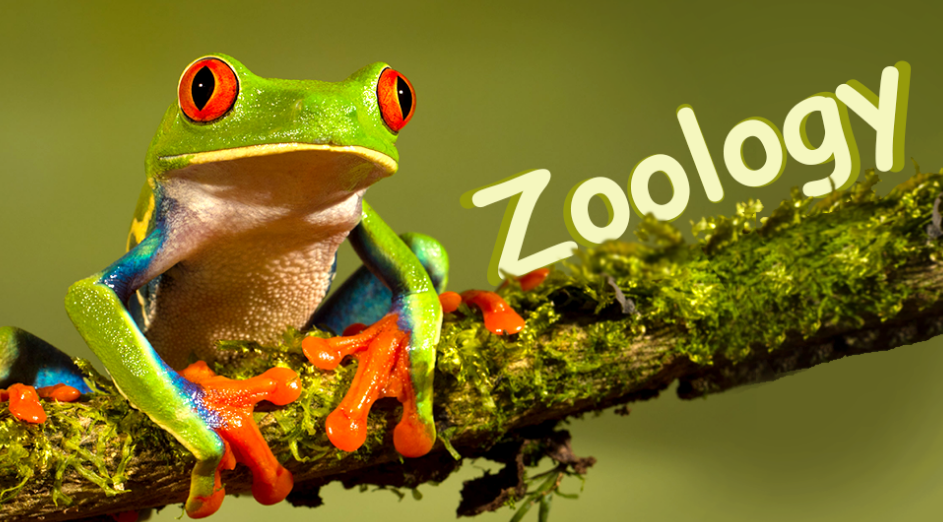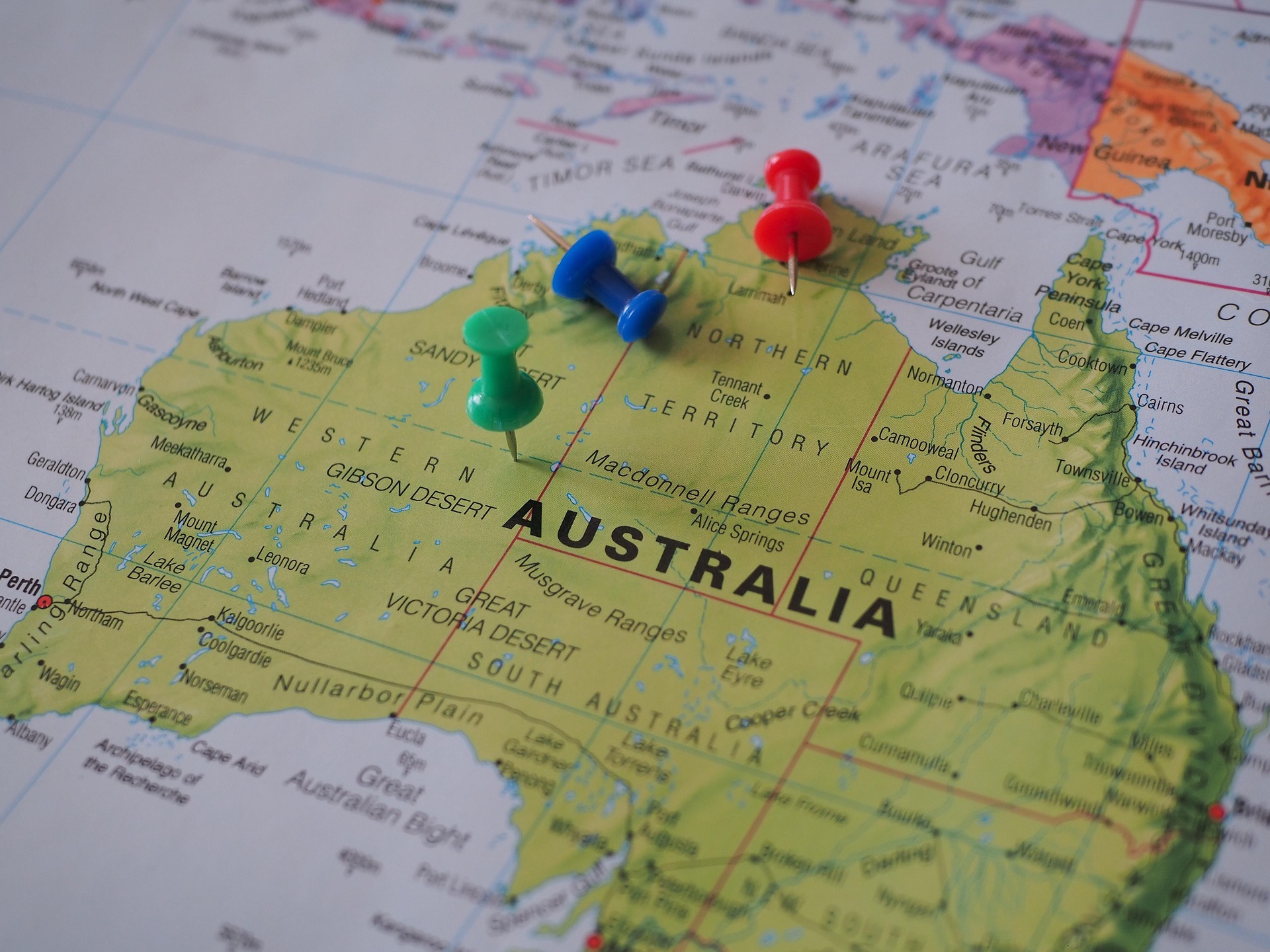Population dynamics, movement, migration and colonization in fishes, spawning, feeding and over-wintering migrations
Population dynamics, movement, migration and colonization in fishes, spawning, feeding and over-wintering migrationsFish populations are dynamic and constantly changing. Understanding these dynamics, including movement, migration, and various life cycle stages, is crucial for fisheries management, aquaculture, and conservation efforts. Let’s dive into these fascinating aspects of fish biology:
1. Population Dynamics:
Factors Affecting Populations: Fish populations are influenced by various factors, including:
Population Growth: Fish populations are influenced by factors such as reproduction, mortality, immigration, and emigration. Population growth depends on the balance between birth rates and death rates, as well as environmental factors such as food availability, habitat quality, and predation pressure.
Reproduction: The number of offspring produced each generation significantly impacts population size.
Mortality: Death rates from predation, disease, and other factors can influence population growth.
Competition: Competition for resources like food and space can limit population growth.
Habitat Availability and Quality: Suitable habitat is essential for fish survival and reproduction.
Density-dependent and Density-independent Factors: Population dynamics are influenced by both density-dependent factors (e.g., competition, predation, disease) and density-independent factors (e.g., temperature, water quality, habitat availability).
- Movement, Migration, and Colonization:
Types of Movement: Fish exhibit various types of movement throughout their lives:
Daily Movements: Fish may move short distances daily for feeding, seeking shelter, or social interactions. Fishes exhibit various movement patterns, including daily movements for foraging, reproductive migrations, and long-distance dispersal. Movement patterns may vary seasonally, depending on environmental conditions and life history traits.
Seasonal Migrations: Many fish undertake long-distance migrations in response to seasonal changes. Migration refers to the regular, seasonal movement of fishes between different habitats for feeding, spawning, or overwintering. Fishes migrate to access resources, avoid predators, or exploit favorable environmental conditions.
Spawning Migrations: Fish travel to specific spawning grounds to reproduce. For example, salmon migrate upstream to freshwater rivers where they were born.
Feeding Migrations: Fish may follow food sources as they become available in different parts of a water body throughout the year.
Vertical Migrations: Some fish species move vertically in the water column throughout the day or night. They may move to deeper, cooler water during the day to avoid predators and then move to shallower depths at night to feed.
Colonization:
Fishes may colonize new habitats through dispersal, colonization events, or human-mediated introductions. Colonization contributes to species distribution, community assembly, and ecosystem dynamics.
- Habitat Expansion: Fish can colonize new habitats when suitable conditions arise. This can happen naturally or be facilitated by human actions, such as the introduction of new fish species to a body of water.
Spawning, Feeding, and Overwintering Migrations:
These motivations are often intertwined in a fish’s life cycle:
Spawning Migrations: Many fish species undertake spawning migrations to reach specific spawning grounds or breeding sites. Spawning migrations are often triggered by environmental cues such as temperature, photoperiod, or changes in water flow.
Feeding Migrations: Feeding migrations occur when fishes move to areas with higher food availability or better foraging opportunities. Feeding migrations may be influenced by seasonal changes in prey abundance, water temperature, or habitat quality.
Overwintering Migrations: In cold-water environments, fishes may undertake overwintering migrations to deeper, warmer waters or seek refuge in areas with suitable thermal conditions. Overwintering migrations help fishes survive harsh winter conditions and maintain metabolic activity.
Vertical Migrations: Some fish species move vertically in the water column throughout the day or night. They may move to deeper, cooler water during the day to avoid predators and then move to shallower depths at night to feed.
Understanding these dynamics is important for:
Fisheries Management: Knowing migration patterns and spawning grounds helps in setting sustainable fishing quotas and protecting critical fish habitats.
Aquaculture: Understanding fish movements can help design aquaculture facilities that minimize stress on fish and optimize feeding strategies.
Conservation: Protecting migratory corridors and ensuring healthy ecosystems throughout a fish’s range is crucial for their long-term survival.




Awesome https://t.ly/tndaA
k4o5xr